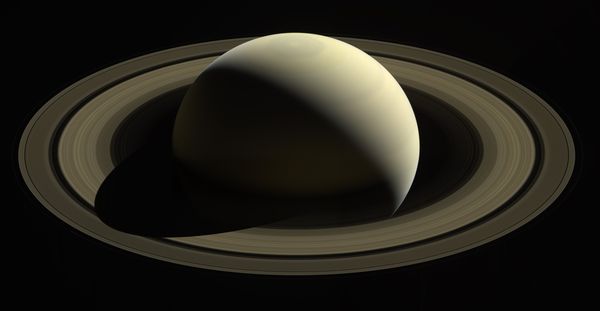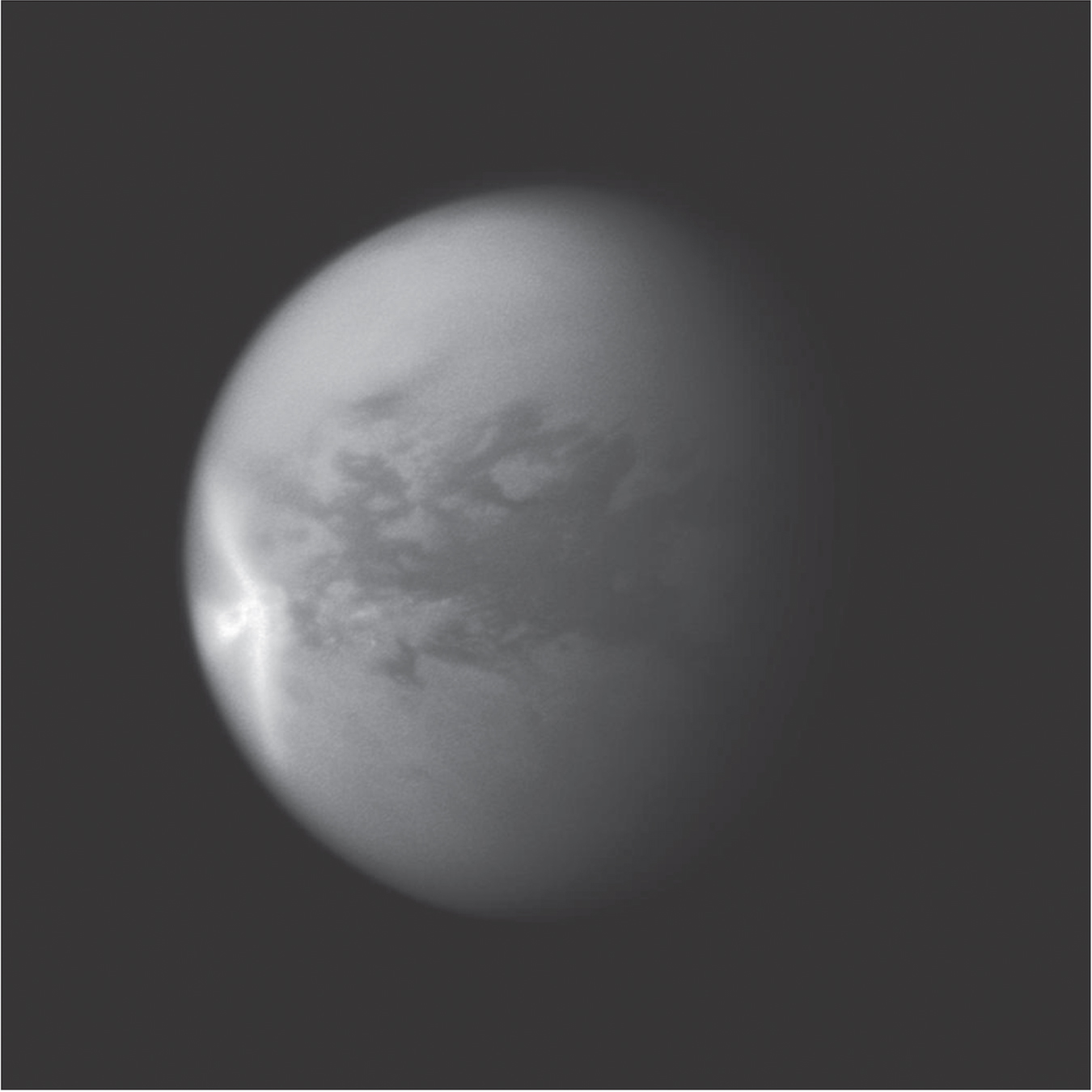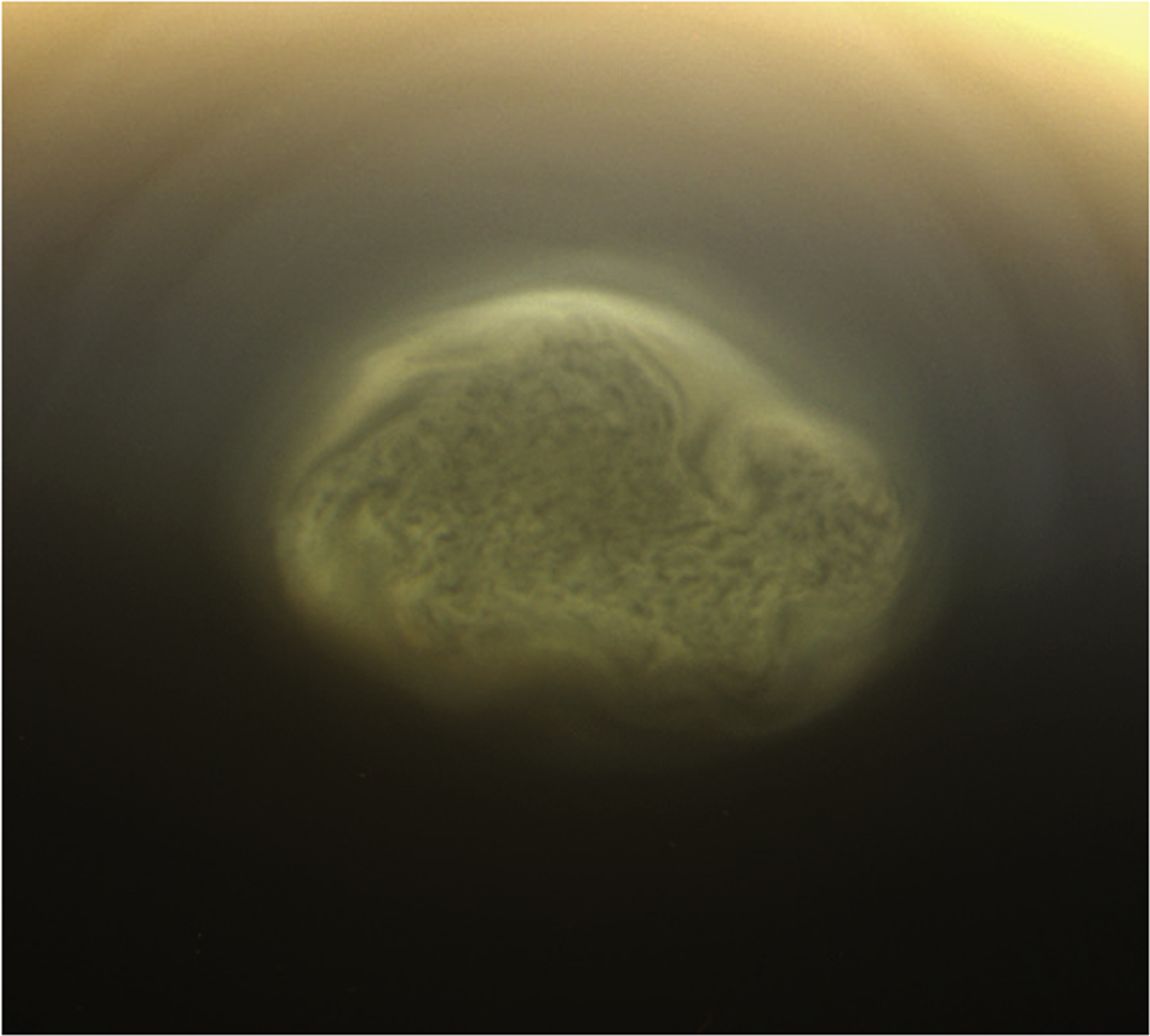The Webb Telescope's Mid-Infrared Instrument (MIRI) has cooled to -266°C and it is about to enter the final phase of telescope calibration through commission of MIRI.
Webb's golden eye not only look "out (outside the Solar System)", but also "in". Webb will observe Saturn, its rings and moons as part of it big plan for the Solar System, continuing the Cassini mission. Cassini orbited Saturn for 13 years, starting in 2004, before crashing into Saturn's atmosphere after the mission.
Cassini's exploration of Saturn has revealed that sunlight has a seasonal effect on Saturn's atmosphere, with changes most evident in the haze in the north-pole. During the summer of 2017 in Saturn's northern hemisphere, the greatly enhanced solar ultraviolet light caused photochemical smog from trace hydrocarbons (such as ethane, propane and acetylene) in the top layer of Saturn, forming a haze that dyed the yellow polar regions.
A Saturnian year lasts 30 Earth years, and each Saturnian season lasts about seven and a half years, and Cassini's observation alone are not enough to fully understand the seasonal changes in Saturn's atmosphere. With Cassini completed the observation of winter and spring (Northern Hemisphere) missions in Saturn, it's time for Webb to take over the remaining two seasons.
Webb, on the other hand, will also point to Saturn's largest moon, Titan. Titan is the only celestial object in the Solar System other than Earth that has liquid oceans and lakes. The Earth's water cycle consists of water evaporation into rain, which then flows into the oceans in rivers. But rainfall on Titan is methane rain, which flows into an ocean of tar. The chemical composition of Titan's atmosphere is believed to be constantly changing, with molecules made up of carbon, hydrogen, oxygen and nitrogen diffusing through the air and partially precipitating in the polar regions.
One of Webb's missions is to study Titan's seasonal climate cycles with the Near-Infrared Spectrograph (NIRSpec) and MIRI and compare them with models. You may refer to the following paper for some of the researches on Titan:
https://iopscience.iop.org/....../1538-3873/128/959/018007






